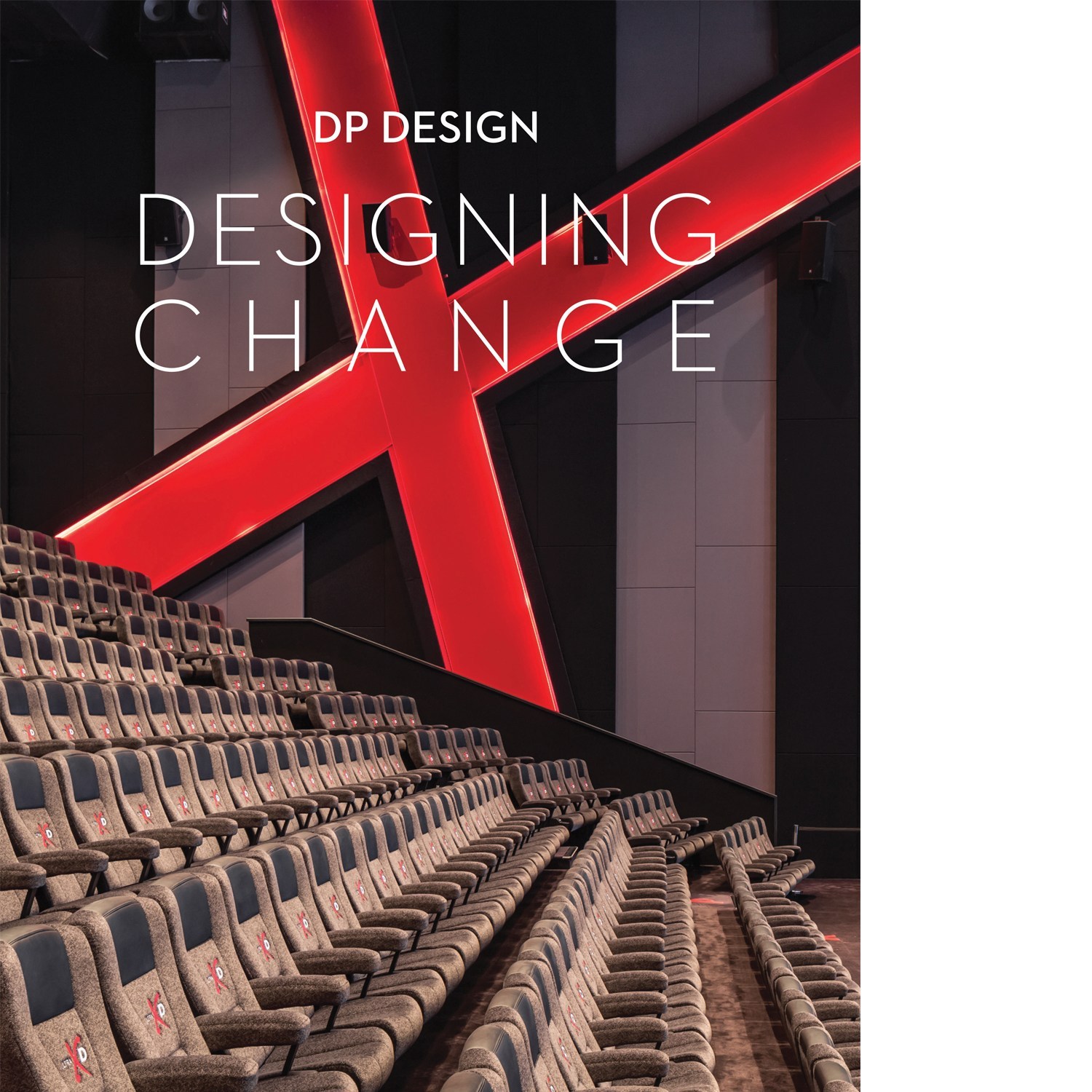Early in March, the board of directors of the International Code Council (ICC) moved to overhaul the process for developing its model energy code. The controversial change entails switching from a framework in which thousands of ICC members, who are government officials, voted on code updates to one that puts the power largely in the hands of committees appointed by the ICC board, with representatives from trade groups and other interests. The shift has been widely criticized by efficiency proponents who worry it will give too much say to those with a financial stake in the outcome, compromising the code’s effectiveness as a tool for reducing greenhouse-gas emissions.
The decision comes in the wake of the finalization of the 2021 International Energy Conservation Code (IECC). Published in December, it is the code’s most energy-efficient edition. Buildings constructed according to the 2021 IECC would be between 8 and 14 percent more efficient than the previous version, published in 2018. Environmental advocates say the latest code is the product of deep engagement by ICC members—officials working for building departments or those connected to public health and safety—pointing to the large number of votes cast. Many of the 2021 IECC’s key efficiency provisions received more than 1,000 votes in favor, says Amy Boyce, associate director of codes and technical strategy at the Institute for Market Transformation, which promotes high-performance buildings. In previous code cycles, proposals typically received between 200 and 300 votes, total.
In response to the unprecedented participation of so many members, some industry groups, mainly those representing builders and natural-gas utilities, called the results into question. They lodged appeals, seeking the removal of more than 20 energy-saving provisions. They were ultimately successful in quashing a handful relating to wiring that would make buildings electric-ready. The groups, which included the National Association of Home Builders (NAHB), maintain that such features can increase the cost of construction, threatening affordability. The organization has praised the new framework. “This is an important change that we expect to result in a model energy code that meets the needs of consumers, builders, building officials and energy efficiency advocates,” said NAHB Chairman Chuck Fowke, in a statement.
Groups like NAHB will have more influence in the future. The new development committees will encompass interest categories that include manufacturers, builders, the insurance industry, and consumers, with only one-third of the seats reserved for government regulators.
Ryan Colker, an ICC vice president, argues that the new framework will accelerate code adoption, noting that some jurisdictions are still using the 2009 edition. IMT’s Boyce is skeptical. “The process that resulted in the 2021 IECC involved the highest number of governmental officials to date. Removing their say would likely undermine their willingness to advocate for the latest version,” she says.
Overall, sustainability proponents are perplexed by the need for a new process, especially since the latest development cycle delivered significant efficiency improvements. This past winter, the proposed framework drew comments from more than 200 individuals and organizations. According to IMT, more than 75 percent of these were in opposition to the change, with the National League of Cities, the U.S. Conference of Mayors, and the National Association of State Energy Officials expressing their disapproval.
The AIA has also been sharply critical. “We are deeply disappointed to see the ICC move forward with this change, which we believe will present a step backwards for climate action,” said a statement from Robert Ivy, the AIA EVP/chief executive officer.
Despite the ICC’s seemingly regressive move, champions of continued code improvement say that cities and states with ambitious climate goals have options. Jim Edelson, director of policy for the nonprofit New Buildings Institute (NBI), points to the Building Decarbonization Code that his organization developed with the Natural Resources Defense Council as a more rigorous overlay to base codes. “We see a lot of interest in alternatives to the IECC if it does not produce the desired outcomes.”







